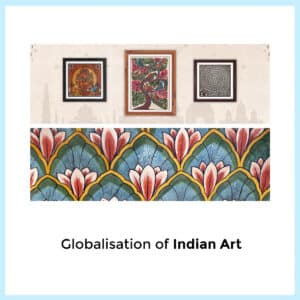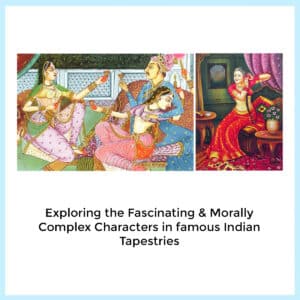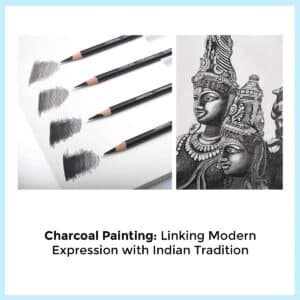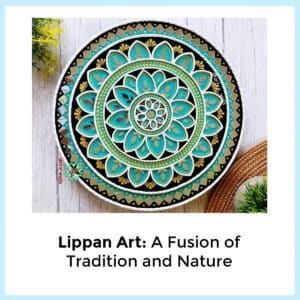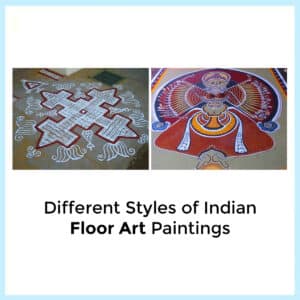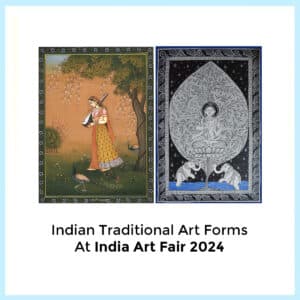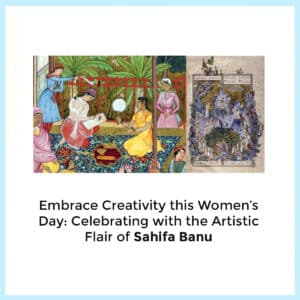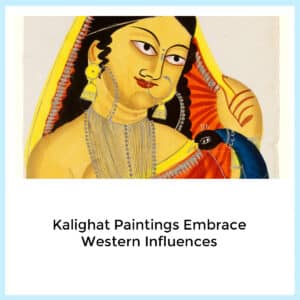One of India’s most illustrious and renowned creative traditions is the Gond art style, which originates from a tribal community in central India. This art style, which has its roots in the Gondi tribe, which is mostly concentrated in Madhya Pradesh, Maharashtra, Chhattisgarh, and Odisha, is renowned for its vivid colors, complex patterns, and strong ties to the natural world and mythology. Gond art, which was formerly painted on the walls and floors of rural dwellings, has developed over time to become recognised internationally as a modern form of creative expression.
The Cultural Significance and Historical Roots

The social and cultural life of the Gondi people is closely linked to the art form. The term “Gond” originates from the Dravidian phrase “Kond,” which translates to “green mountain.” The Gonds, who see themselves as the offspring of nature, use art to illustrate their rich cultural history as well as tales and stories. Natural colors obtained from dirt, charcoal, plant sap, cow dung, and other natural sources were traditionally used to produce Gond paintings. In addition to being ornaments, these paintings also functioned as protection and prosperity symbols.
Characteristics and Techniques
Bright colors like yellow, red, blue, and white are often used in Gond paintings. The artwork has a sense of movement and vitality because of the painters’ use of dots and lines to create complex patterns that cover the entire canvas. Typical topics include legendary animals, everyday activities, gods, and flora and wildlife. Using “digna” and “bhittichitra” patterns, which are traditional motifs used to embellish the walls and floors during festivals and other occasions, is one of the distinctive features of Gond art.

Evolution and Modern Attraction
Despite its tribal heritage, Gond art has made a remarkable transition into the modern era of art. The change started in the late 20th century when Gond painters such as Jangarh Singh Shyam began working on paper and canvas using contemporary materials like acrylics. This exposed the art form to audiences in cities and beyond while also preserving it. Gond art is shown in galleries and museums worldwide these days, and it may be found in digital media, fashion, and home décor. In addition to helping to keep the heritage alive, this modern, elegant appeal has benefitted the artists financially.
The Prospects for Gond Art

Given that Gond art is ever evolving and adapting to the changes, its future is bright. The promotion and preservation of this art form by both governmental and non-governmental organizations has been crucial to its recovery. Exhibitions, internet platforms, and workshops have given artists new ways to present their work. Gond art’s aesthetic and cultural significance is becoming increasingly widely recognised, which is a monument to the rich creative legacy of India’s tribal cultures and their capacity for innovation while adhering to traditional traditions.
The Gondi people’s symbiotic relationship with nature is elegantly described via the vivid colors and intricate patterns of their art. Its transition from the walls of tribal dwellings to modern art galleries is evidence of its adaptability and eternal appeal. Gond art, which has captured the attention of art fans all over the world, not only maintains the traditional heritage of the Gondi tribe but also changes with the times to remain relevant for future generations.




